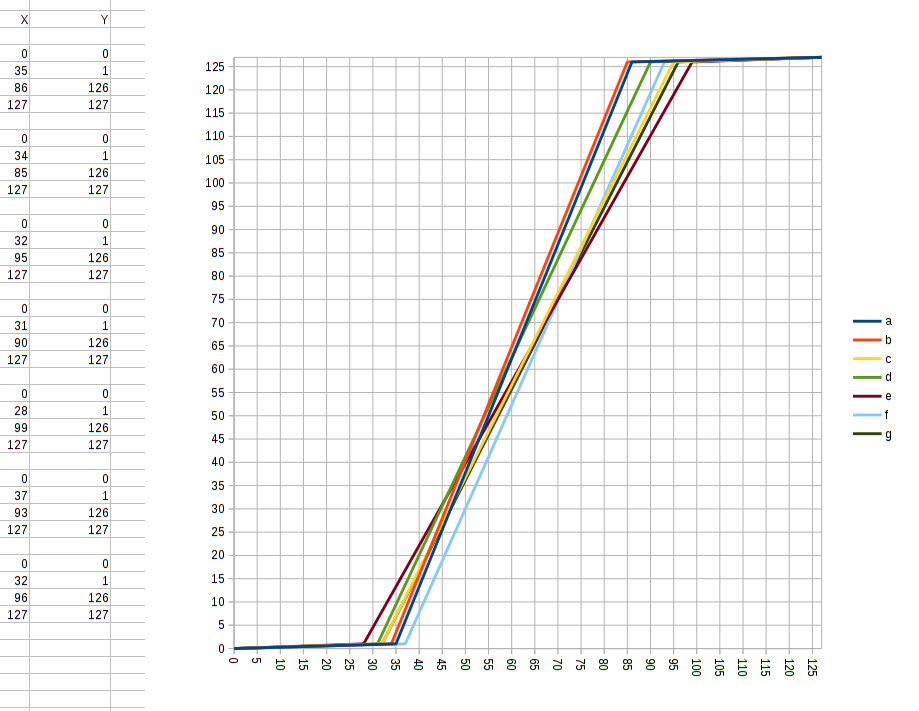Topic: Visit to music shop to test actions...
Dear all
I decided to visit my local music shop today to test various digital piano actions. I tested them with Pianoteq and silently. Here are my personal findings.
Roland
Ivory Feel G (silent only) - I found this too slow/sluggish
Ivory Feel S (Silent only) - this felt a lot more free
PHA 4 Standard (silent and Pianoteq) - this too felt slow/sluggish
PHA 50 (silent only) - Unfortunately I found this slow/sluggish also
Yamaha
GHS (silent and Pianoteq) - felt the most easy to play and easier to do repetitions than ALL the othe actions tested.
GH (silent and Pianoteq) - a little more solid but at the expense of repetition.
GH3 (silent only) - slow/sluggish
NW (silent and Pianoteq) - a bit more free than the GH3 but not as free as the GHS nor as easy to perform repetitions.
In Conclusion:
The Roland actions I tried were generally heavier and more taxing to play than the Yamaha actions - generally. Maybe with the exception of the Ivory Feel S? (Didn't get to hook it up with Pianoteq).
I've paid a deposit on a Yamaha ARIUS/YDP - 143WH (GHS action)
even though I have more money than needed for the ARIUS, I didn't need to spend more to get my favourite action : )
I shall post a repetition demo when I've finally got the piano.
It might be worth noting that you don't even have to allow the keys on the GHS all the way back up to at rest position before being able to sound the note again despite the advertising for the triple-sensor actions. I shall posted video unless someone else wishes to rise to the challenge with their GHS action!!!???
